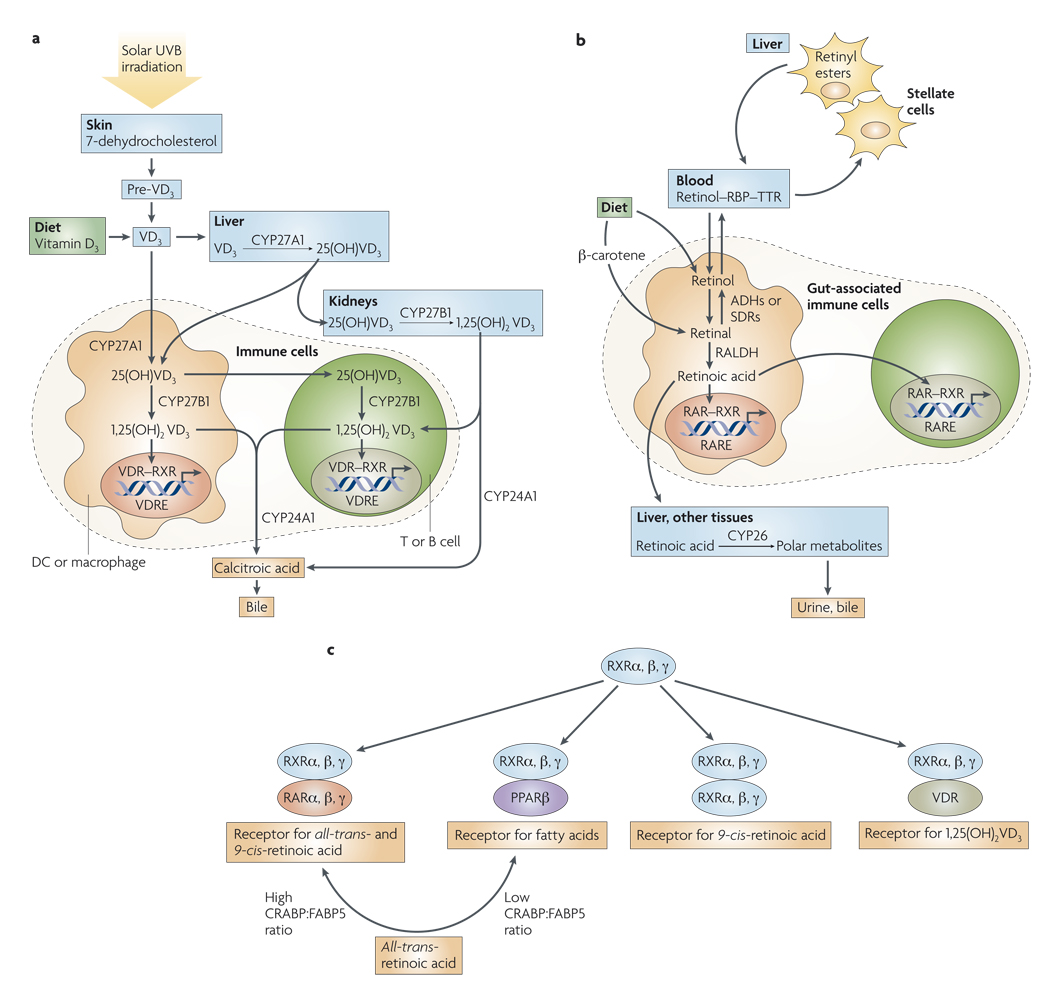Figure 1. Overview of vitamin A and D metabolism.
a | Vitamin D3 (VD3) is acquired in the diet or synthesized in the skin and hydroxylated in the liver to 25(OH)VD3, the main circulating form. 25(OH)VD3 is then hydroxylated in the kidneys by the cytochrome P450 protein CYP27B1 to become 1,25(OH)2VD3, the physiologically most active metabolite, which then reaches the blood where it has multiple systemic effects. Cells of the immune system, including macrophages, dendritic cells (DCs), T and B cells express the enzymes CYP27A1 and/or CYP27B1, and therefore can also hydroxylate 25(OH)VD3 to 1,25(OH)2VD3. 1,25(OH)2VD3 acts on immune cells in an autocrine or paracrine manner by binding to the vitamin D receptor (VDR). 24-hydroxylase (CYP24A1) catabolizes 1,25(OH)2VD3 to its inactive metabolite, calcitroic acid, which is excreted in the bile. b | Vitamin A (also known as retinol) is obtained from the diet and transported in the blood as a complex with retinol-binding protein (RBP) and transthyretin (TTR). In the liver, retinol is esterified to retinyl esters and stored in stellate cells. In other tissues, including gut-associated immune cells, retinol is oxidized to retinal by alcohol dehydrogenases (ADHs) or short chain dehydrogenase/reductases (SDRs). Retinal is then oxidized to all-trans-retinoic acid in an irreversible reaction that is catalysed by retinal dehydrogenases (RALDHs). Retinoic acid acts on immune cells by binding to the retinoic acid receptor (RAR). Retinoic acid is catabolized in the liver and in other tissues by the enzyme CYP26 and its metabolites are eliminated in the bile and urine. c | Retinoid X receptors (RXRs) can form RXR–RAR ( receptor for all-trans- and 9-cis-retinoic acid), RXR–PPARβ (peroxisome-proliferator-activated receptor β)(receptor for fatty acids), RXR–RXR (receptor for 9 cis-retinoic acid), or RXR–VDR (receptor for 1,25(OH)2VD3) complexes. The ratio between cellular retinoic acid-binding proteins (CRABPs) and fatty acid-binding protein 5 (FABP5) might determine whether retinoic acid signals through RAR–RXR or PPARβ–RXR, leading to different functional outcomes. RARE, retinoic acid response element; VDRE, VD response element.

